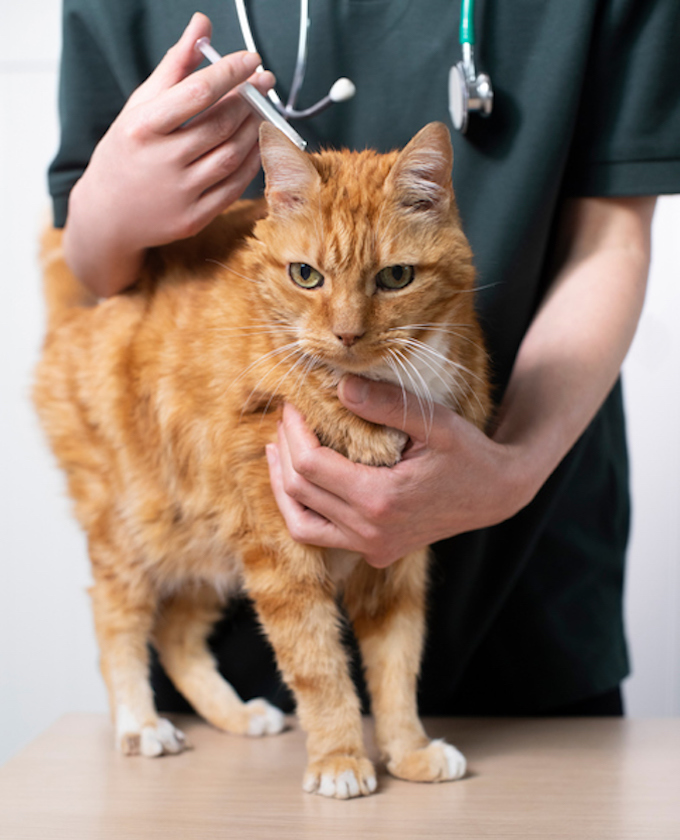Cytauxzoonosis in cats is a parasitic disease that is spread by ticks. The condition causes inflammation, tissue damage, and anemia.
In general, the condition happens most during tick season, which is April to September.
Additionally, the condition is found in the southeastern, central, south-central, and mid-Atlantic areas of the United States.
Unfortunately, the condition can be fatal if it is not treated early enough.
If you see the signs of the condition in your cat, then get to a veterinarian for a proper diagnosis and treatment.
Here’s what you should know about the symptoms, causes, and treatments for the condition.
Symptoms of Cytauxzoonosis in Cats
The condition produces a range of symptoms. The symptoms will get progressively worse if the condition is not quickly treated.
For example, some of the most common symptoms include:
- Vomiting
- Anorexia
- Fever
- Dehydration
- Seizure
- Turning a paler color
- Acting weak and lethargic
- Jaundice
Causes of Cytauxzoonosis in Cats

The cause of the condition is a cat being bitten by a tick. Specifically, the ticks are known as the American dog tick or the lone star tick.
Thankfully, cats are not able to spread the condition to other cats directly.
Additionally, the condition does not affect dogs and humans.
Treatments for Cytauxzoonosis in Cats
Firstly, your vet will ask about your cat’s symptoms. Secondly, your vet will ask about any recent circumstances where your cat could have been bitten by a tick.
Thirdly, a full physical examination will be carried out. This will include blood and urine tests.
In general, a diagnosis will be made by identifying ticks on your cat. This is done by taking a blood smear. Subsequently, the blood smear is examined under microscope.
Treatment needs to begin early after infection. Most cats need to be hospitalized. Next, intravenous fluids will be given to them. Additionally, pain medicine can be used.
As always, if your vet prescribes your cat any medicine, stick to the exact dose and frequency instructions. Also, complete the full course of medicine.
Unfortunately, in some cases a blood transfusion will be needed.
In short, the best way to prevent the condition is using a proper flea and tick control plan. Your vet can help advise you on one that is right and safe for your cat.
Have you ever cared for a cat who suffered from this condition? How did your vet help your cat recover? Let us know in the comments section below.









